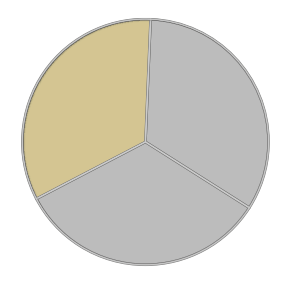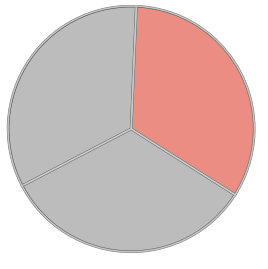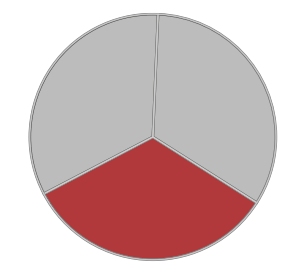Diagnostics
VetoRapid: A diagnostic tool designed for mastitis pathogen identification
VetoRapid
Vetorapid is a diagnostic tool that has been designed to aid in the easy identification of the most common bacteria found in mastitic milk samples. It is not intended to replace a high quality diagnostic laboratory but is a useful first line tool in basic identification of the main pathogens that cause clinical mastitis; E.coli, Staphylococci and Streptococci.
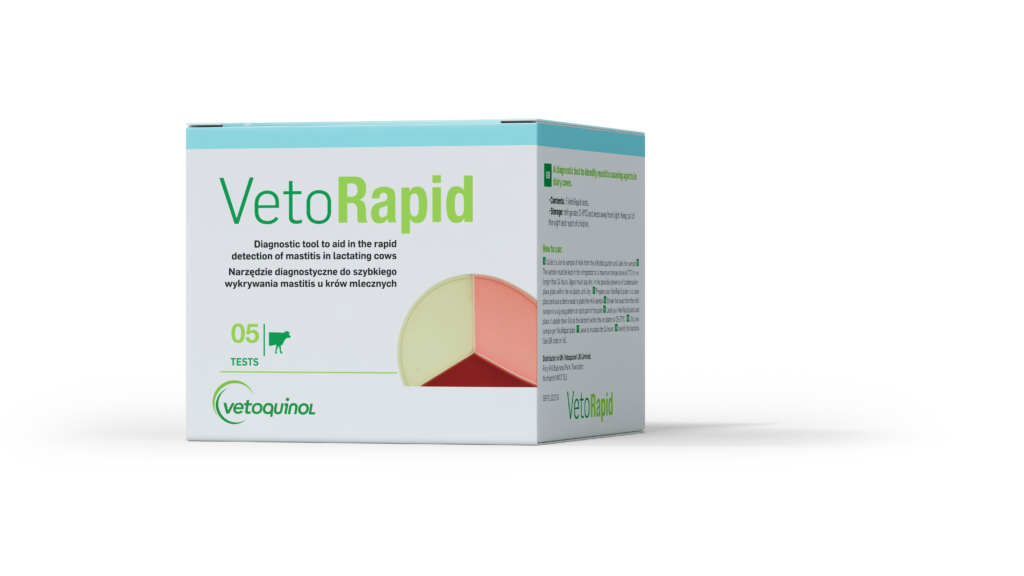
Vetorapid dish compartments for bacterial identification
Milk Sampling is Key to Mastitis Control
How to correctly take a sample for VetoRapid testing
Before doing any diagnostics, make sure to take milk samples first!
Learn more about the right steps to follow for successful milk sampling below.
Step 1.
Step 2.
Step 3.
Step 4.
Step 5.
Step 6.
Step 7.
Step 8.
How to apply the milk sample to the Vetorapid plate
We recommend the use of a loop (metal loop or disposable loop) to apply the milk sample to the Vetorapid plate as results are easier to analyse with this method.
- Single colonies are easier to detect and there is better differentiation between possible growth and cloudiness caused by the smeared milk
- Plate the milk as shown in the picture (A) . Do this for all three sections.
(N.B. Sterile cotton swabs can also be used but can cause cloudiness making it harder to differentiate between this and possible growth; however this method can improve sensitivity).
Incubation of Vetorapid
Once the sample has been applied to the Vetorapid plate, label and incubate it at 35-37o C with the lid on facing downwards. Results should show within 18-36 hours. Most colonies are detectable within 24 hours.
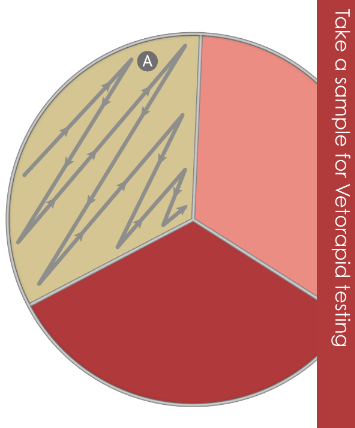
To Find Out More About VetoRapid
Download the brochure to find out how to read the results by plate sector and the summary of all streptococcus and enterococcus agar readings:
Gram negative coliform agar (sector 1)
Staphylococcus agar (sector 2)
Streptococcus and enterococcus agar (sector 3) - agar aesculin positive
Streptococcus and enterococcus agar (sector 3) - agar aesculin negative


